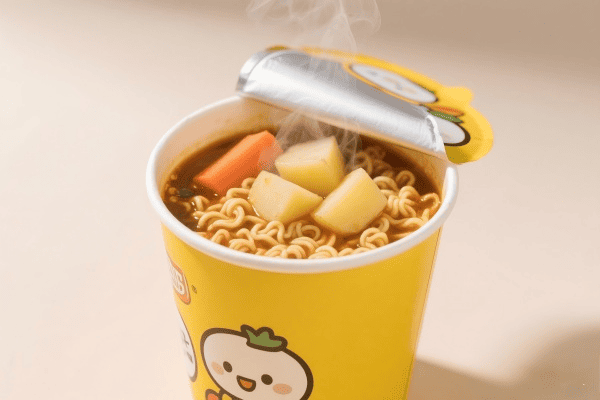Sushi and ramen are beloved foods, but their traditional plastic packaging often clashes with modern eco‑friendly values. Businesses now ask—what packaging best serves both the food and the planet?
Sustainable sushi and ramen packaging uses biodegradable1, compostable2, or recyclable materials3 such as PLA4, molded pulp5, or bamboo fiber6, meeting food safety standards7 while reducing carbon footprint8.
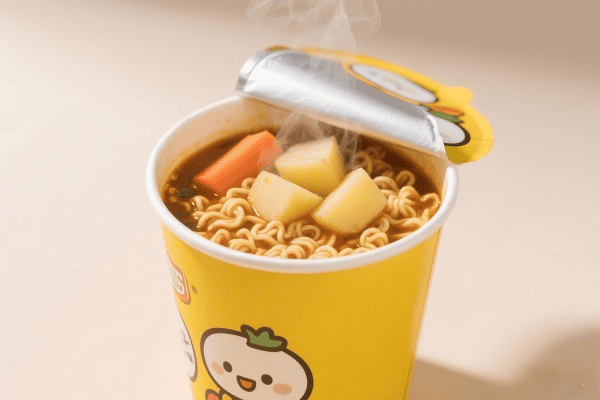
In my supply projects, I’ve seen how the right choice changes both brand image and operations. Let’s explore the details.
What is the sustainable packaging for sushi?
Not all packaging is created equal. The sustainable kind minimizes environmental impact across its full lifecycle.
The best sushi packaging is made of fully biodegradable1 materials like PLA4 trays, molded pulp5 boxes, or bamboo fiber6—safe for food, compostable2, and low in carbon emissions.
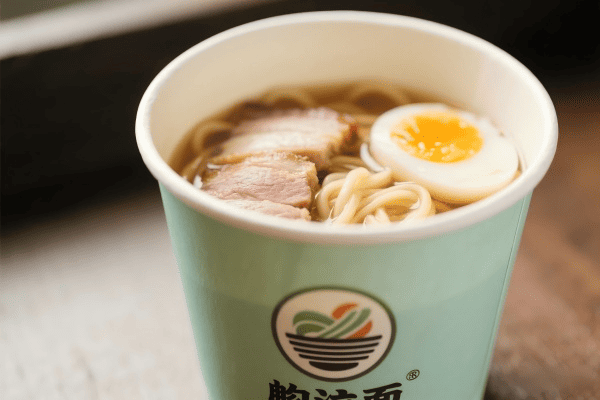
One Japanese chain, Sushiro, made the switch from EPS trays to PLA4. They achieved 100% biodegradability, cut CO₂ emissions by 22%, and boosted customer eco perception by double digits.
Sushi Packaging Comparison
| Material | Biodegradable | Compost Time | Food Safety Compliance |
|---|---|---|---|
| PLA4 plastic | Yes | 6–12 months | FDA / EU / GB certified |
| Molded pulp | Yes | 4–6 months | FDA / EU / GB certified |
| EPS foam | No | 500+ years | Food safe but polluting |
How to make eco‑friendly packaging for food?
It’s about balancing food safety, sustainability, and practicality.
Eco‑friendly packaging is made from renewable materials, designed for easy disposal (composting or recycling), and manufactured with low‑carbon processes.
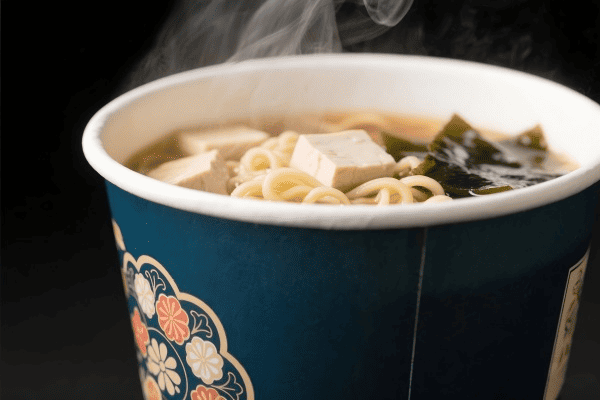
When we helped a Shanghai sushi chain develop custom molded pulp5 trays, the result was 100% biodegradability, local sourcing to cut transport emissions, and food safety testing to international standards.
Process Steps
- Choose biodegradable1 material (PLA4, bamboo fiber6, molded pulp5)
- Design for portion needs and protection
- Ensure coatings are food‑safe and compostable2
- Partner with a factory using renewable energy and low‑emission production
Is eco‑friendly packaging really eco‑friendly?
Some products claim “eco” but still use non‑degradable layers or high‑emission production.
True eco‑friendly packaging is certified for biodegradability or recyclability, passes food safety tests, and comes from low‑carbon suppliers.
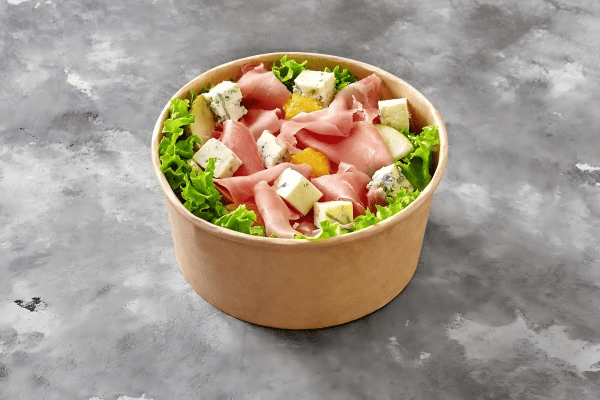
In Vancouver, Afuri Ramen adopted bamboo fiber6 bowls with PLA4 film. Their bowls scored a carbon footprint8 of 14 kg CO₂e per 10,000 bowls—well below industry average—and met all migration limits.
Certification to Check
| Certification | What It Ensures |
|---|---|
| FSC | Responsibly sourced paper and pulp |
| EN 13432 / ASTM D6400 | Compostability tested |
| FDA / EU Standard | Food contact safety |
| ISO 14064 | Verified carbon accounting |
What is the most environmentally friendly food container9?
There’s no one answer, but compostable2, plant‑based containers with minimal coatings rank best.
Molded pulp or bamboo fiber6 containers with compostable2 coatings are among the most eco‑friendly options, combining renewability, biodegradability, and low production emissions.
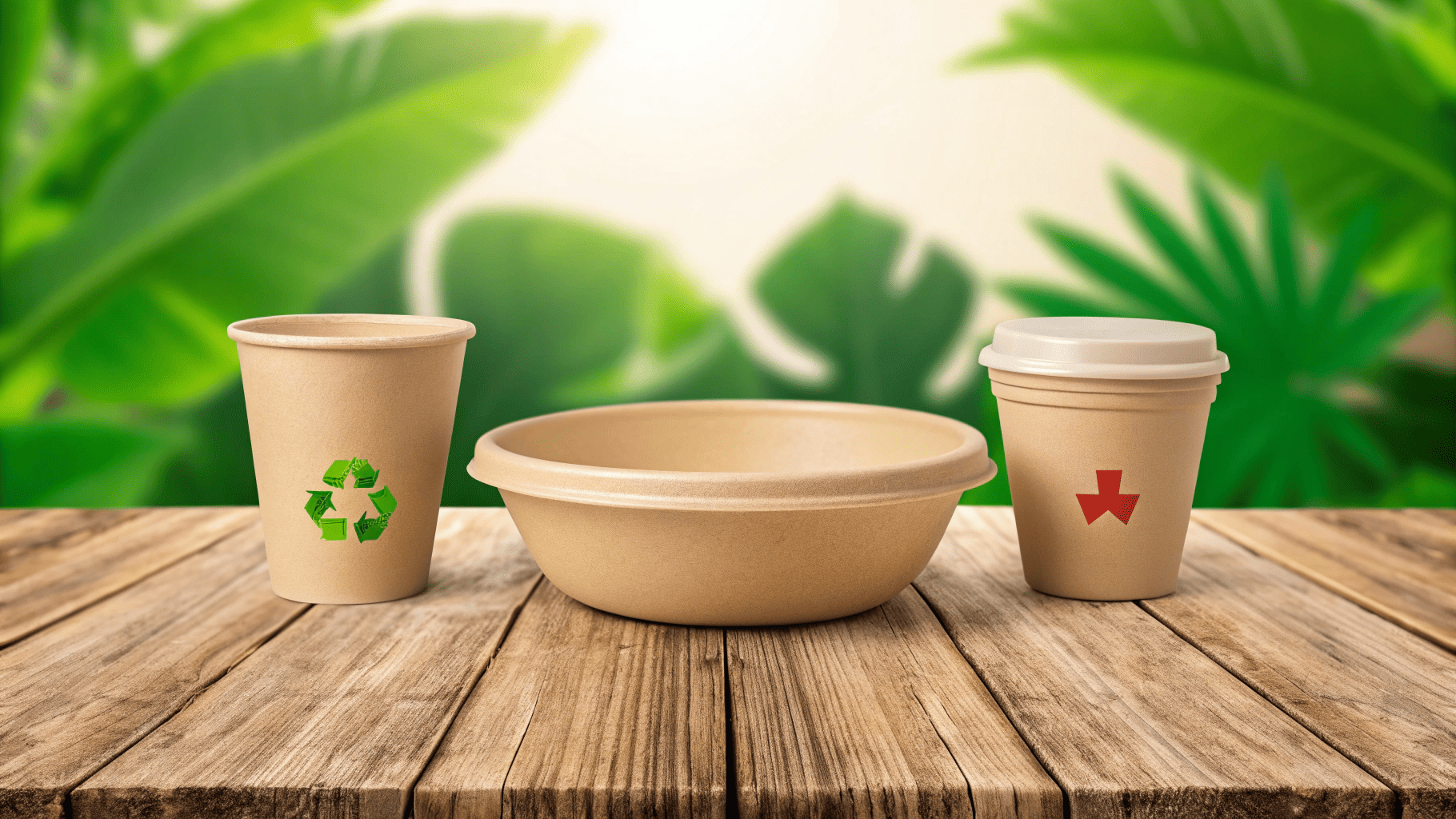
For ramen packaging, bamboo fiber6 plus a thin PLA4 coating works well. It holds hot broth safely and breaks down in months, unlike PP or PET plastics that linger for centuries.
Environmental Scorecard
| Container Type | Renewable Material | Biodegradable | Avg Carbon Footprint |
|---|---|---|---|
| Bamboo fiber bowl | Yes | Yes | Low |
| Molded pulp tray | Yes | Yes | Low |
| PLA4 clear lid | Yes | Yes | Low–Medium |
| PP plastic bowl | No | No | Medium |
How to choose a responsible supplier for eco sushi & ramen packaging?
Quality and sustainability both come from the supplier’s capabilities and values.
Select suppliers with high biodegradable1 content, full food safety certification10, documented carbon footprint8, and proven production capacity.

I often apply a scoring system. Suppliers like Haokelao Packaging meet 95–100% biodegradability, have GB/FDA certification10s, carbon per 10,000 units under 15 kg CO₂e, and can deliver millions of units fast.
Supplier Evaluation Table
| Category | Key Metric | Excellent Benchmark |
|---|---|---|
| Material | % biodegradable1 | ≥95% |
| Safety | Food safety pass rate | 100% over 3 years |
| Carbon Impact | CO₂e/10,000 pcs | ≤15 kg |
| Energy Use | Energy per item (kWh) | Below industry average |
| Stability | Annual capacity | >50 million pcs, ≤7 days lead |
Conclusion
Eco‑friendly sushi and ramen packaging is not a trend—it’s a requirement for brand trust and regulation compliance. The best options use biodegradable1, safe materials from certified, low‑carbon suppliers, balancing cost with strong image and environmental impact.
1.Explore the advantages of biodegradable materials and how they contribute to sustainability. ↩
2.Learn about compostable packaging and its role in reducing waste and promoting eco-friendliness. ↩
3.Discover the most effective recyclable materials for food packaging and their environmental benefits. ↩
4.Understand PLA's properties and its significance in sustainable packaging solutions. ↩
5.Find out how molded pulp packaging is made and its eco-friendly benefits. ↩
6.Explore the sustainable advantages of bamboo fiber as a packaging material. ↩
7.Learn about the essential food safety standards that packaging materials must meet. ↩
8.Discover strategies for minimizing the carbon footprint of packaging materials. ↩
9.Find out which food containers are the best for the environment and why. ↩
10.Explore the important certifications that validate the sustainability of packaging. ↩
